Java has long been a cornerstone of enterprise-level web development, and its frameworks play a crucial role in streamlining the development process. Several Java frameworks are present in 2025 and some of these include Spring Boot, Jakarta EE, Quarkus, etc . Real-world applications of Java frameworks can be seen in areas such as web applications, mobile applications, enterprise applications, scientific applications, and more, showcasing their versatility and widespread usage across various industries.
Whether it is a large-scale business-level application, microservice, or a simple web application, understanding these frameworks to select the best tool for development. This article provides learners with valuable insights into each framework, helping them to make informed choices and enhance their skills in Java development.
- Spring Boot
Spring Boot continues to be one of the most widely used Internet of Things (IoT) frameworks in Java systems for web programming. It simplifies the process of creating standalone, production-ready applications by providing a range of features, like:
- Convention over Configuration: This is the main attribute of Spring Boot that allows developers to bootstrap without complex configurations. It relies on conventions instead of a multitude of settings to significantly cut down the amount of basic scaffolding code for an application. This is particularly useful for anyone who is getting their feet wet in the Java basics.
- Microservices Support: Java Spring Boot has been equally pertinent to the continually growing use of microservices architecture. It works well with Spring Cloud to enable the developers to create large and distributed systems.
- Rich Ecosystem: This framework is a member of a large family known as Spring, which offers numerous libraries and subprojects like Spring Security, Spring Data, and Spring Integration. Developers benefit from this rich ecosystem as it provides a wealth of libraries, tools, and community support, enabling them to create more efficient and scalable applications.
- Active Community: The Java development community is vibrant and active, providing a wealth of resources for developers. This active community translates to easy knowledge transfer, allowing developers to share insights and best practices. Additionally, it offers unofficial tech support, where experienced developers can help troubleshoot issues and provide guidance. Increased engagement through forums, meetups, and online platforms fosters collaboration and innovation.
- Jakarta EE
Jakarta EE (Enterprise Edition) is the successor to the prior Java EE and is still considered one of the leading frameworks for designing enterprise applications. It defines certain guidelines that are needed for developing massive applications by focusing on standards and portability. This framework’s key features include:
- Modular Architecture: Jakarta EE allows developers to create separate modules of the application that allows them to manage the relations and structure of the code better. To some extent, this strategy also aids with the comprehension of Java memory management specifications.
- Rich Application Programming Interface (API) Support: There is a list of APIs that are available in Jakarta EE: web services API, persistence API, messaging API, and security API.These APIs benefit developers by providing pre-built functionalities that streamline development processes, allowing them to focus on building features and business logic rather than dealing with complex low-level details.
- Cloud-Native Focus: From the most recent Jakarta EE upgrades, its evident that this is on cloud-native features going forward. So, Jakarta EE is a good choice for running modern applications.
- Wide Adoption: Jakarta EE is preferred by many organizations because of its long-standing and the compatibility with different application servers.This widespread adoption ensures that developers have access to standardized and compatible tools that easily integrate with existing systems, minimizing compatibility issues and facilitating smoother development and deployment processes.
- Micronaut
Micronaut is a relatively young framework in the Java ecosystem created with the intent of building easy to test microservices. Its features include:
- Low Memory Footprint: Micronaut have a small footprint, low memory consumption, and fast cold, which is suitable for serverless and micro services.
- Compile-Time Dependency Injection (DI): Unlike the earlier frameworks that employ the concept of reflection for DI, Micronaut uses compile-time analysis. This results in productivity enhancement and reduced expenses.
- Built-in Support for Cloud: Micronaut also supports cloud providers like AWS, Google Cloud, and Azure. This allows developers to easily integrate the framework with cloud providers.
- Quarkus
Quarkus is now popular among the developers who create applications for Kubernetes and cloud-native architecture. Its features cater to modern application needs:
- Fast Startup Times: Quarkus is designed for GraalVM which allows it to utilize native image compilation. This makes app start-up extremely fast and thus is an ideal deployment mode for cloud and serverless frameworks.
- Developer Experience: What you also get with Quarkus is a powerful development experience which includes live reload. This feature enables developers to make changes to applications and see the results without restarting the application.
- Extensive Extension Ecosystem: Quarkus boasts an extensive extension ecosystem, offering a wide variety of plugins that allow developers to easily connect to different technologies, such as databases, messaging systems, and monitoring tools. This rich ecosystem provides significant advantages, as it streamlines the integration process and enables developers to quickly add functionalities to their applications without having to write extensive custom code.
- Microservices Friendly: Quarkus is intended for the development of microservices and it operates with the most popular tools like Kubernetes, Prometheus, and Grafana.
- Vaadin
Vaadin was built for developers who create contemporary web applications with advanced interfaces. This framework provides a comprehensive set of tools for UI development:
- Java-based UI Development: Vaadin enables the developers to build interfaces strictly in Java without extensive JavaScript or frontend knowledge.This approach allows backend developers to leverage their existing Java skills, streamlining the development process and reducing the learning curve associated with traditional frontend frameworks.
- Component-Based Architecture: It has many widgets and all are built into the framework so that developers are able to construct complex interfaces rapidly.
- Responsive Design: Vaadin applications are naturally responsive. Therefore, shifting between smartphones, tablets, and desktops does not cause any discomfort with this framework.
- Integration with Back-End: This framework also complements the back-end Java applications since it allows the user interface (UI) to be connected easily to the business logic and data.
The Benefits of Learning New Java Frameworks for Developers
Java frameworks for web development in 2025 showcase a diverse range of tools tailored to meet various client needs and project requirements. Each framework offers unique strengths; for instance, Spring Boot excels in developing robust enterprise applications, while Jakarta EE provides standardized APIs for seamless integration in large-scale systems.
Innovative frameworks like Micronaut and Quarkus lead the way in cloud-native development, enabling the creation of lightweight, microservice-oriented applications that are easily deployable in cloud environments. This trend emphasizes flexibility, scalability, and efficiency, empowering developers to build high-performance applications that adapt to the evolving demands of users and businesses in a rapidly changing tech landscape.
At Techmindz, we offer a range of courses designed to help you gain in-depth knowledge of these frameworks and their applications. Our experienced instructors provide personalized guidance, ensuring you acquire the skills needed to thrive in the competitive tech industry. Join us at Techmindz and take your first step towards mastering Java frameworks today!
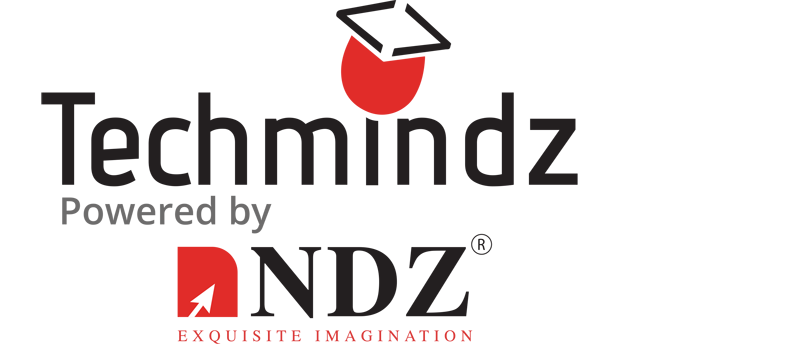

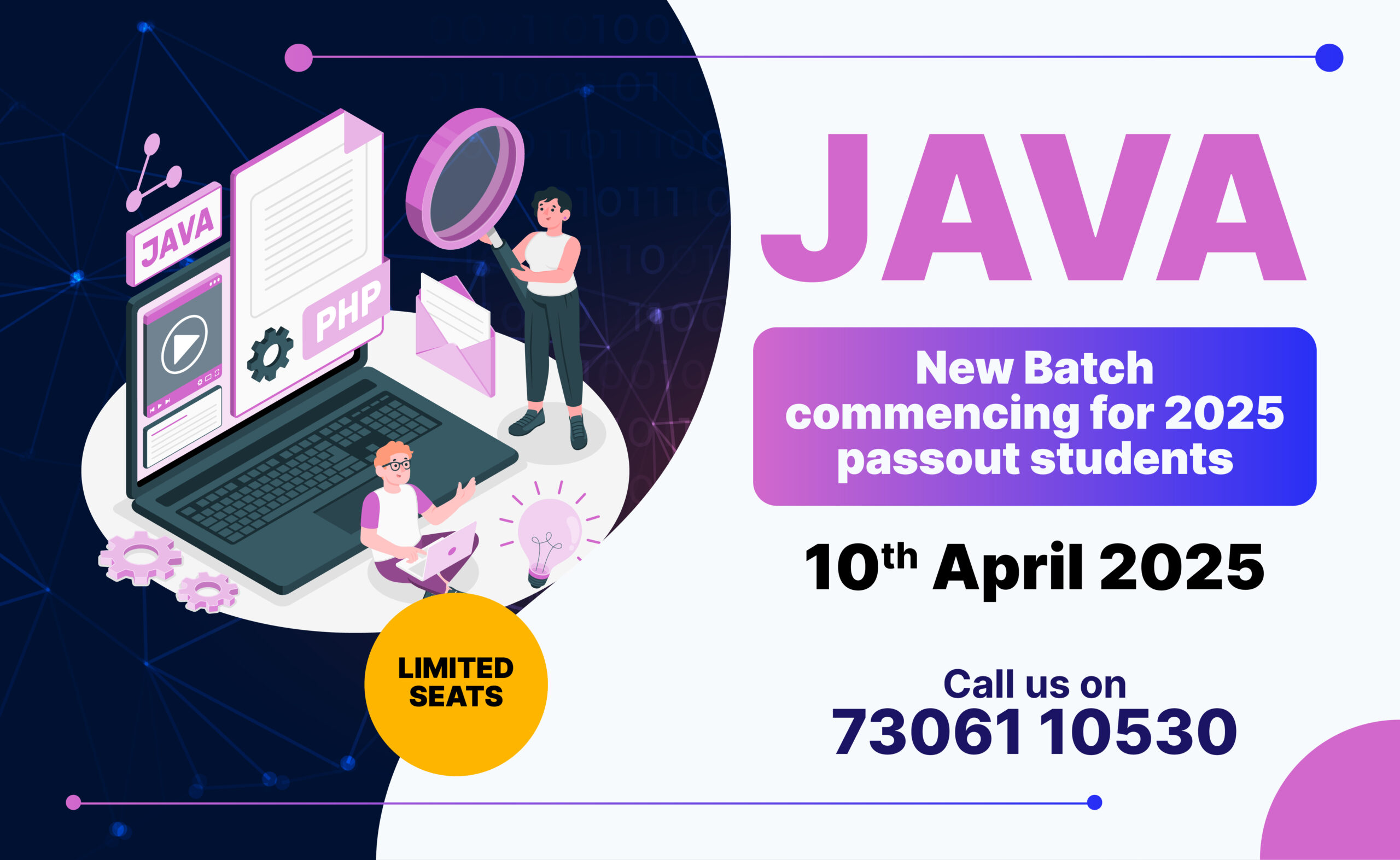
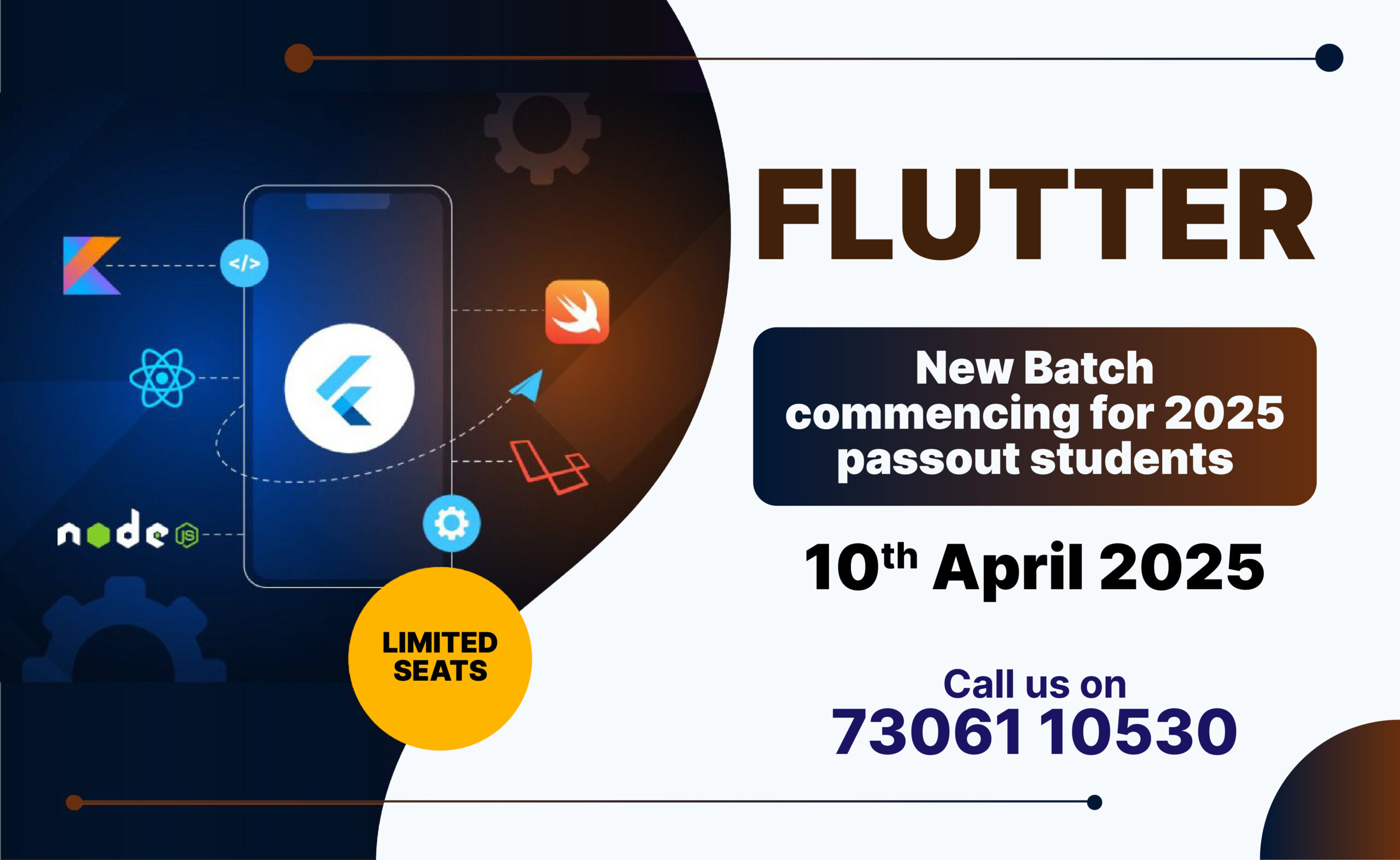
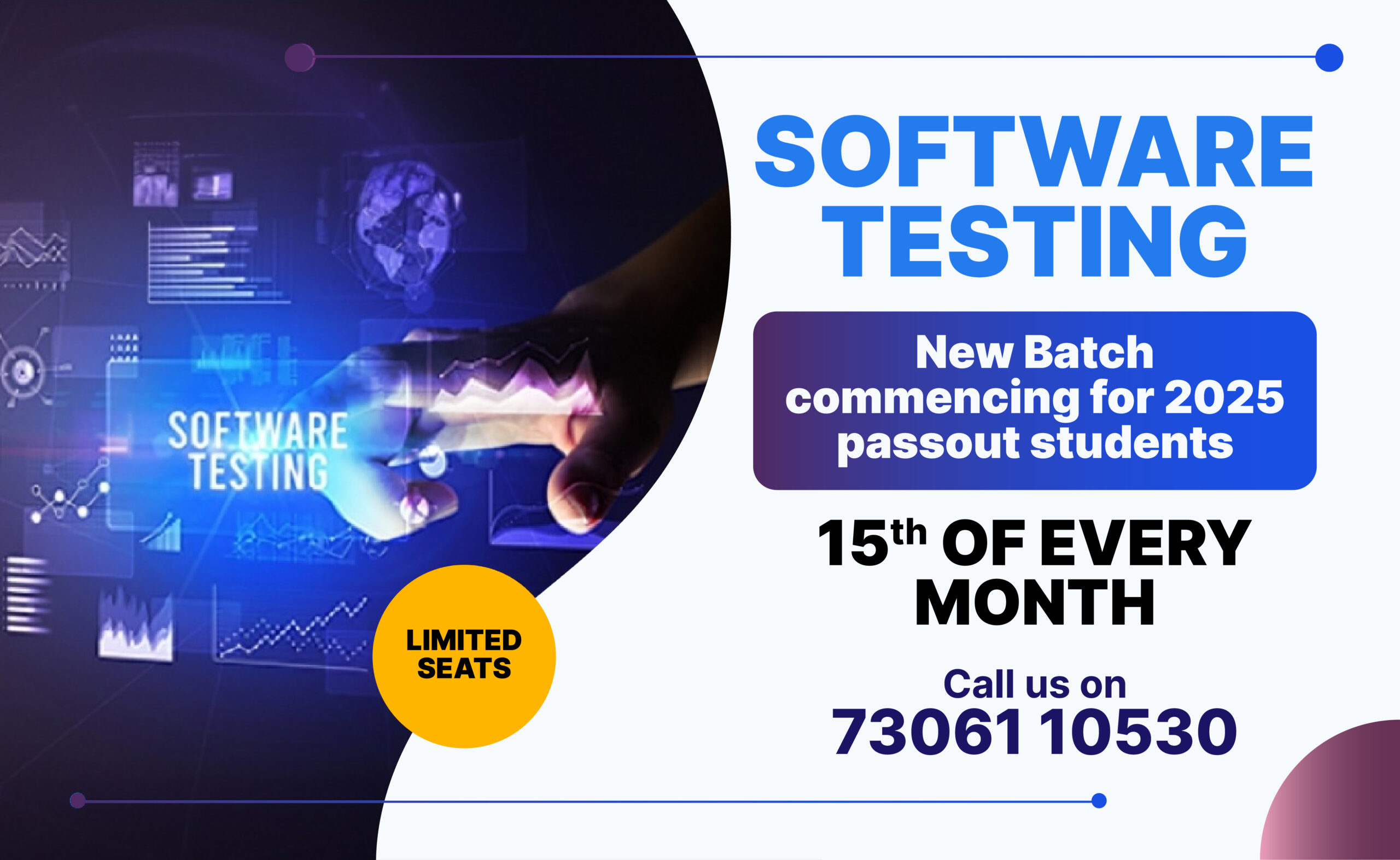
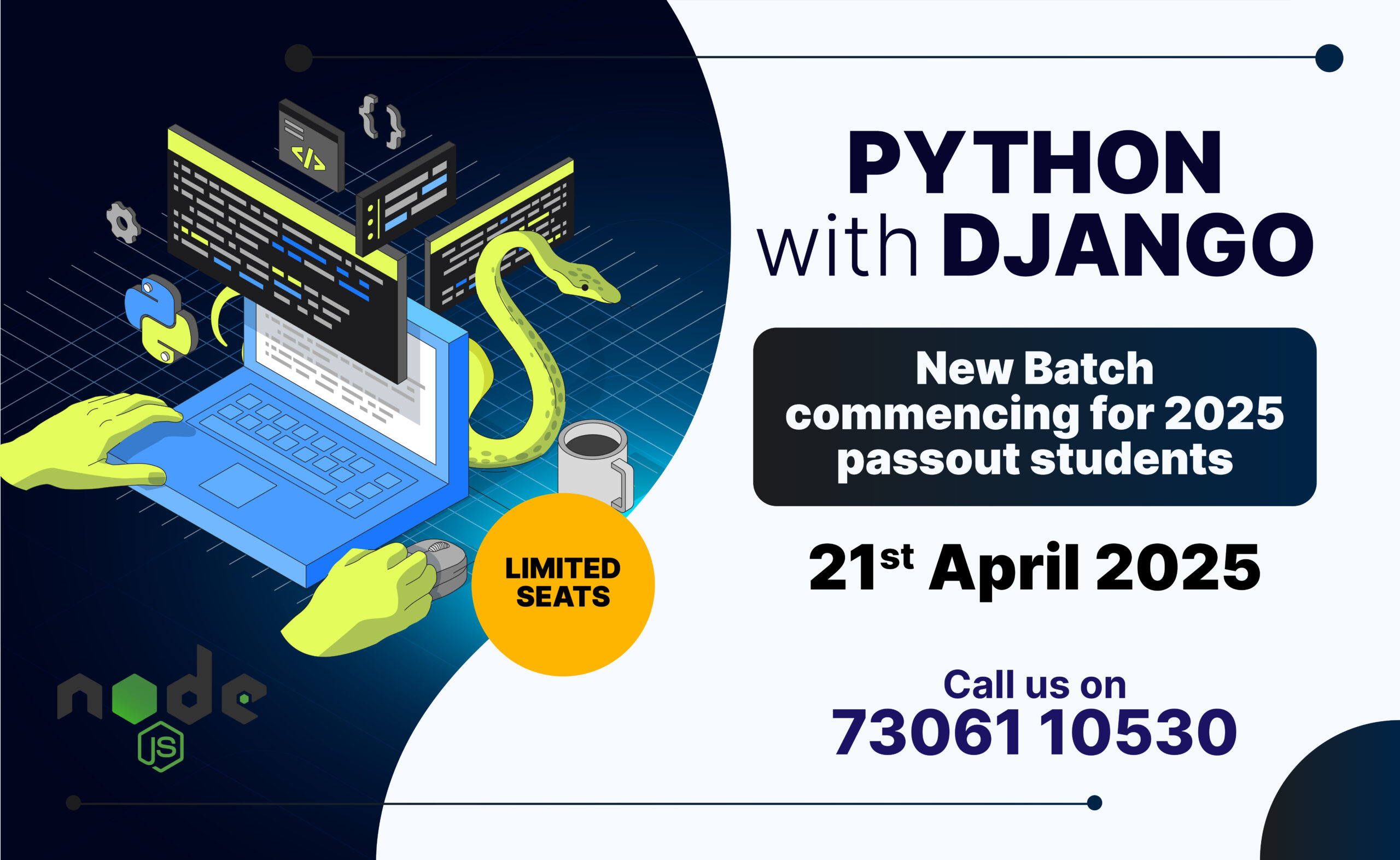
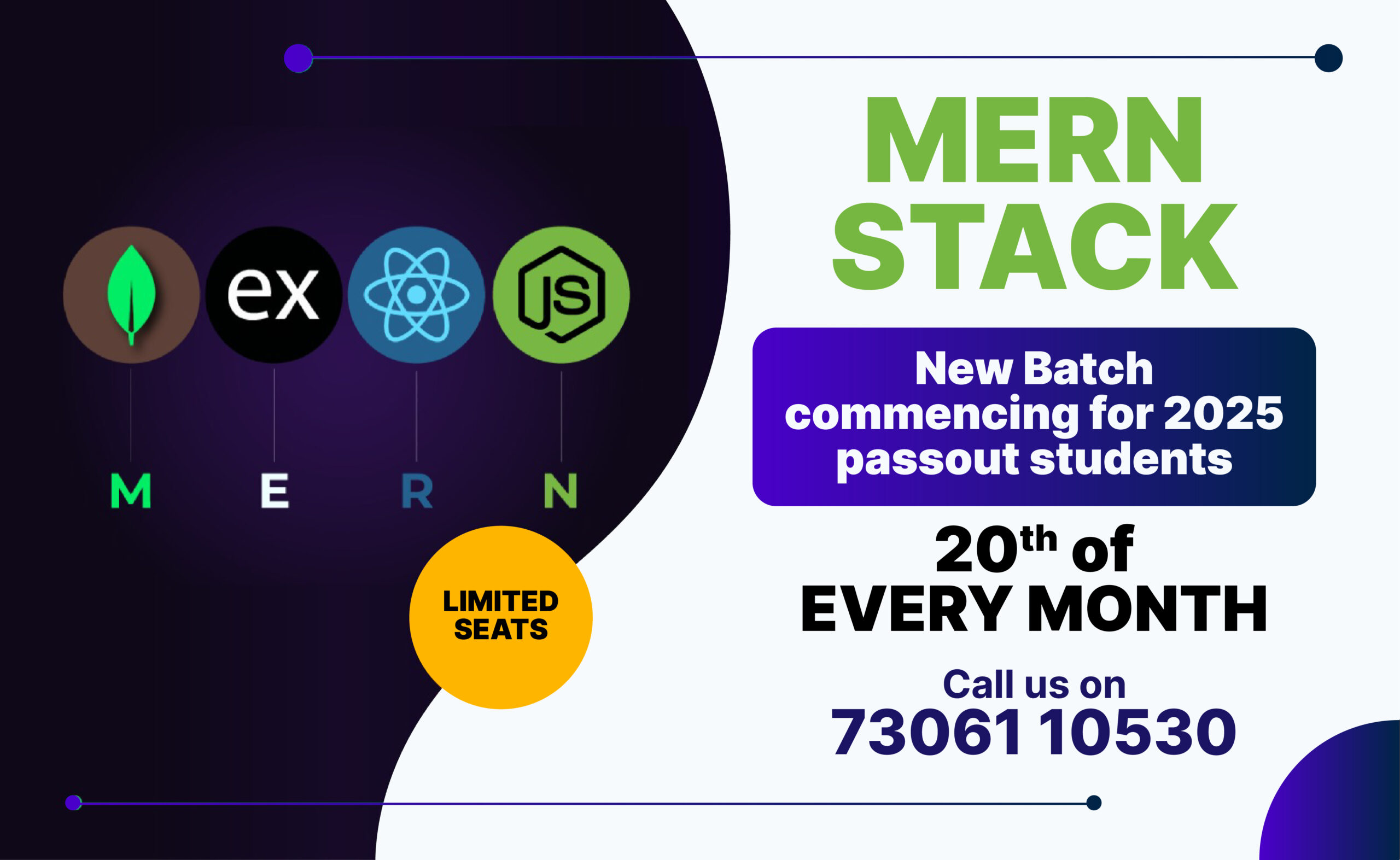

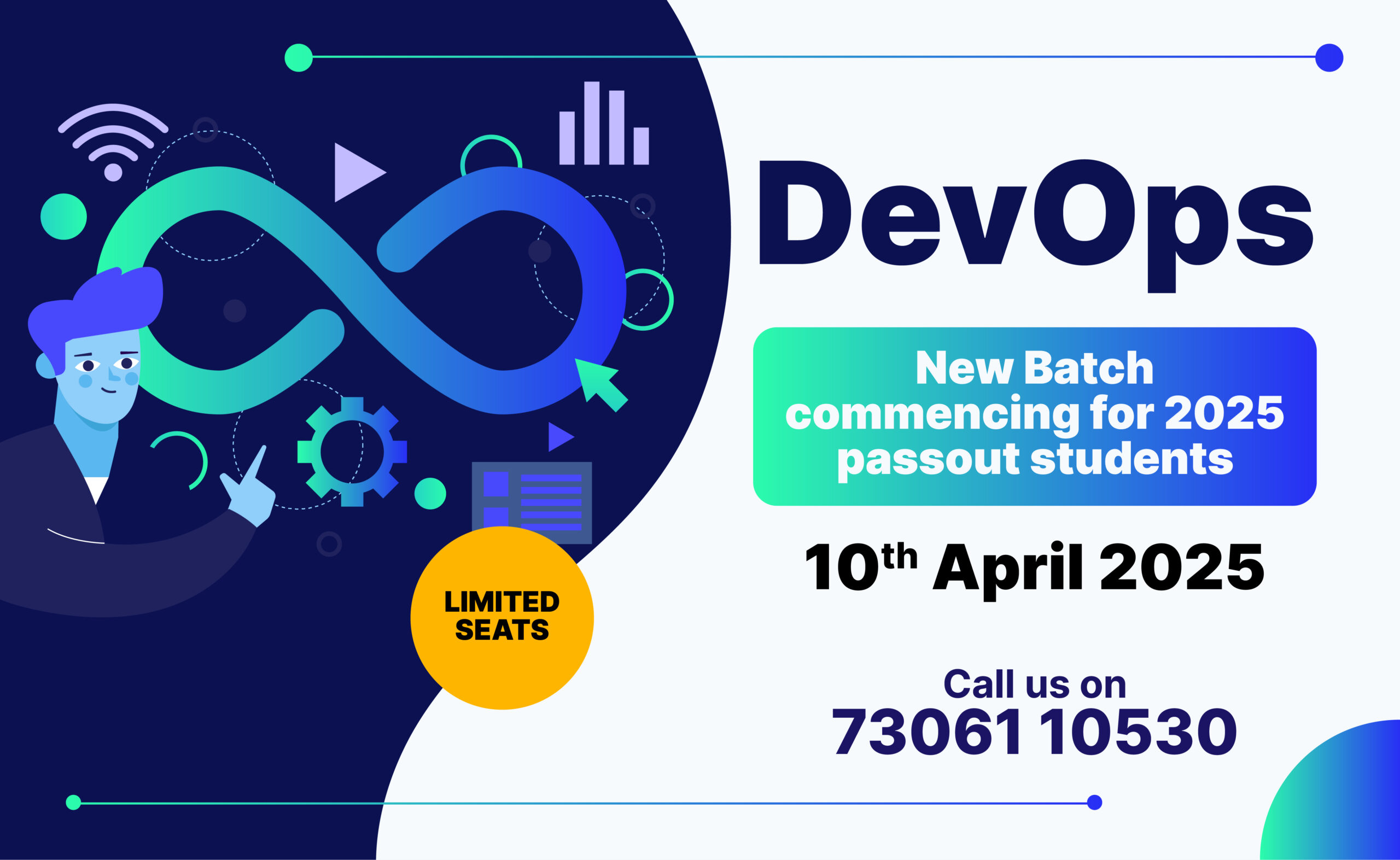

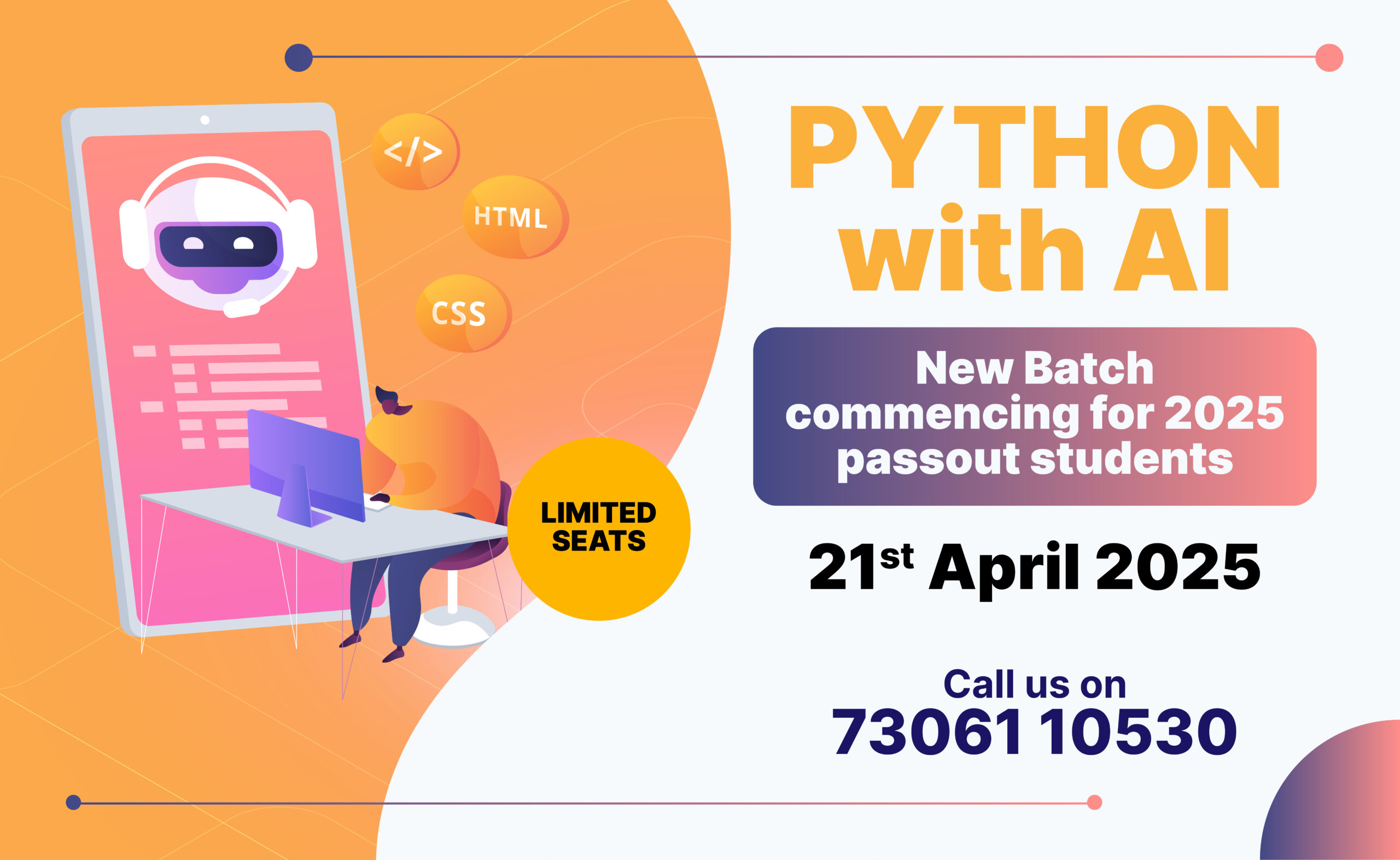
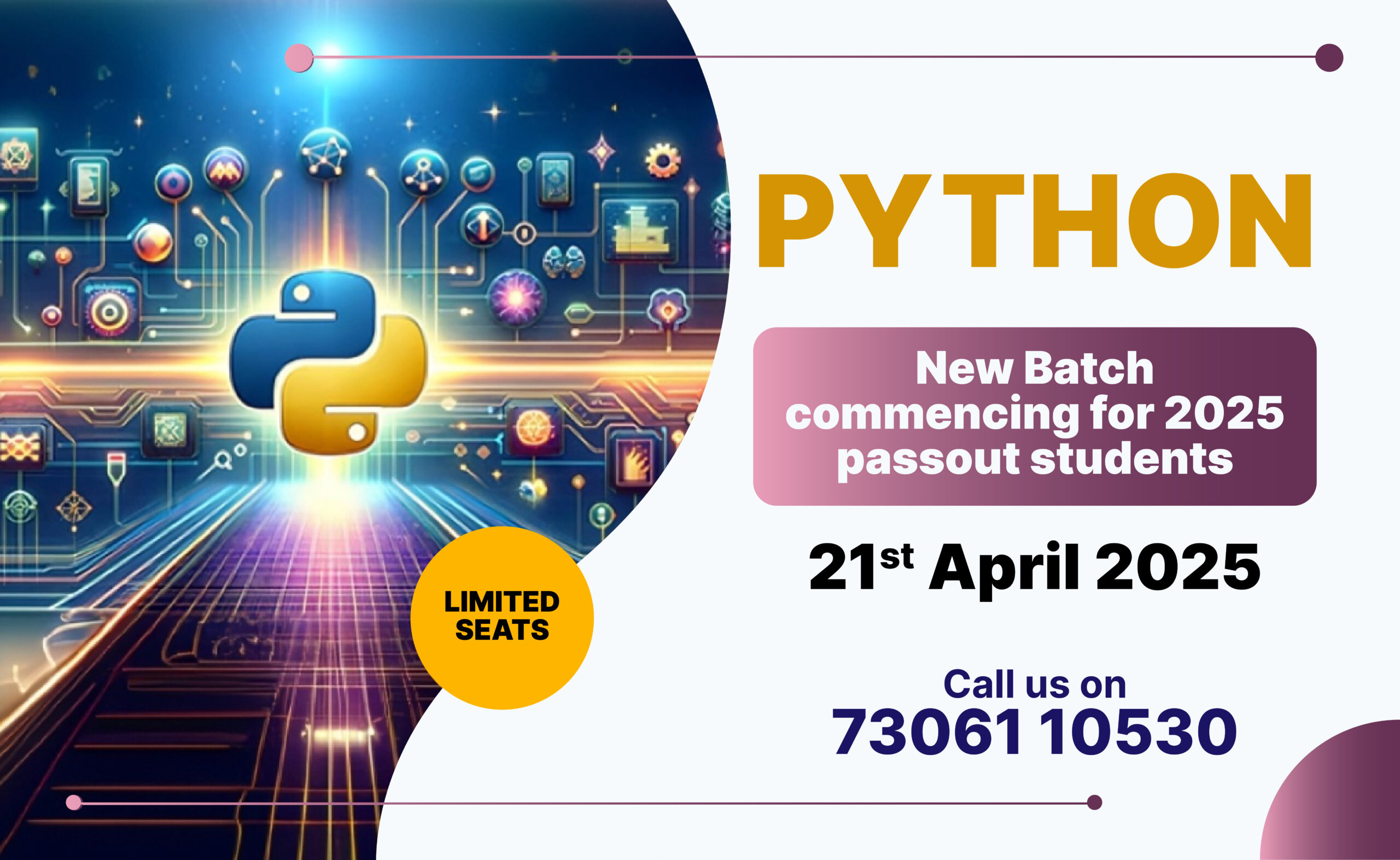
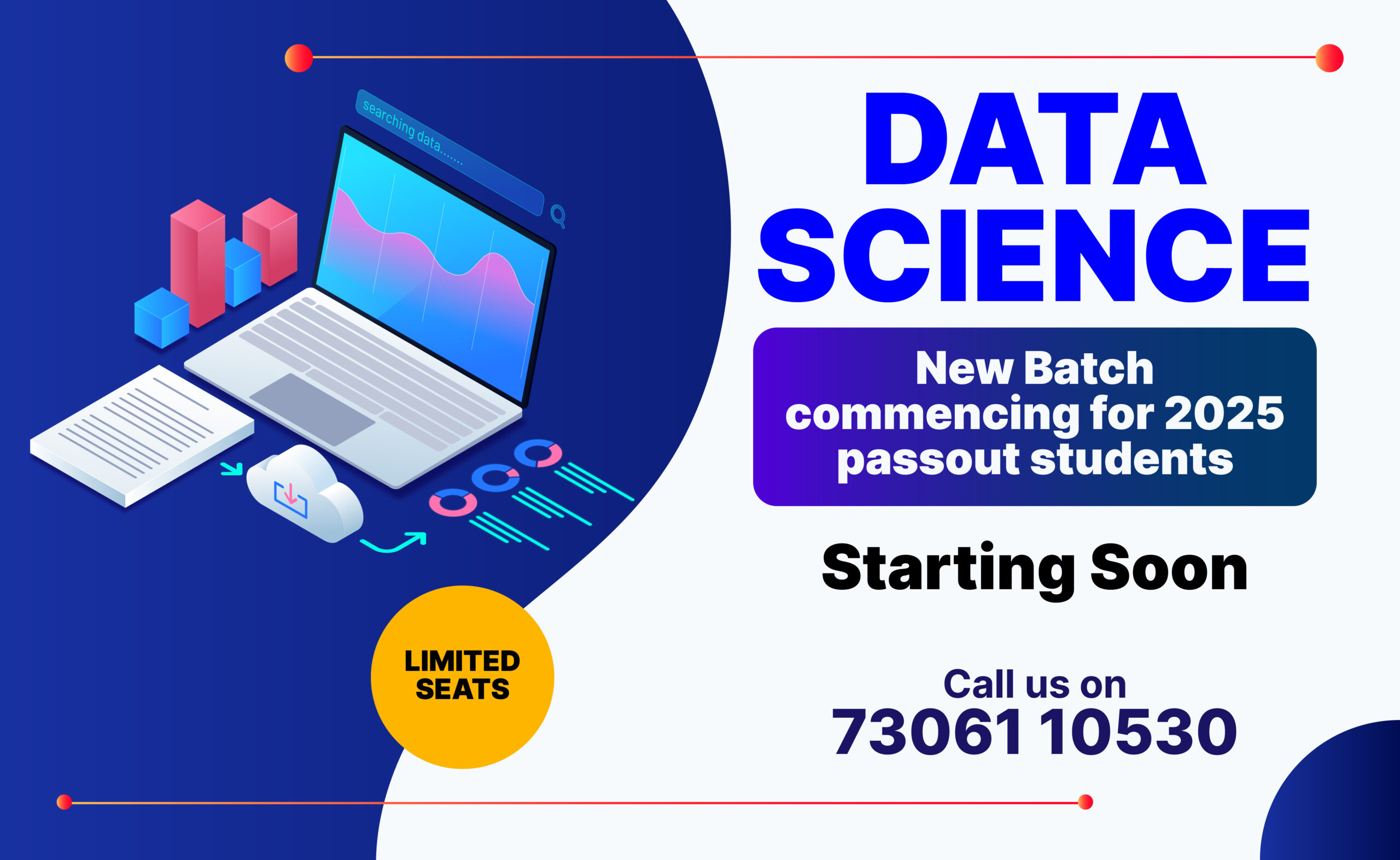

0 Comments